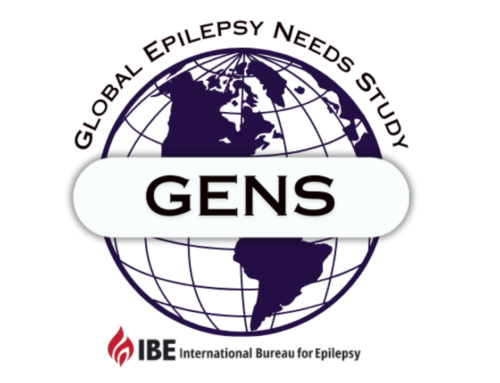Click here to download this report.
Epilepsy is one of the most common neurological disorders and knows no geographical, racial or social boundaries. It can begin at any age, but is most frequently diagnosed in children, adolescents and the elderly.
Epilepsy provides the finest example of a neurological disorder for which cost-effective treatment is available. Up to 70% of people with this condition could live productive and fulfilling lives, free from seizures, if appropriately diagnosed and treated. Yet epilepsy continues to take a heavy toll on those who suffer from the condition. The cost of epilepsy is by no means restricted to the individuals suffering from the condition but also extends to their families. The costs are not only the direct costs of providing care and services but also indirect costs in terms of lost opportunities and productivity. Furthermore the imperceptible costs of stigma and discrimination add immeasurably to the physical, psychological, social and economic consequences of individuals and their families. One of the common consequences of discrimination and the associated stigma, is that patients and their families do not seek treatment even when it is available, accessible and affordable.
Since its launch in 1997 by ILAE, IBE and WHO, the Global Campaign Against Epilepsy has been gathering momentum. In its first phase it led to many awareness raising activities, such as the regional conferences on epilepsy as a public health priority. During its second phase (2001) the Campaign moved from raising awareness to implementing demonstration projects in order to support ministries/departments of health in identifying needs and promoting education, training, treatment, service delivery, research and prevention to reduce the treatment gap at the national level.
It is evident that the collaboration between ILAE, IBE and WHO has given the Campaign the opportunity to build a framework for concerted action at global, regional and national levels to raise awareness for epilepsy and reduce the treatment gap.
This is one of a series of similar reports published in the WHO regions. The report is aimed at both lay and professional readers. It contains information on epilepsy epidemiology, needs and resources, thus providing an overview of the epilepsy situation in the Eastern Mediterranean Region. The results of a questionnaire on country resources for epilepsy are also included. It outlines the initiatives taken by ILAE, IBE, WHO and other partners through the Global Campaign Against Epilepsy to address the problems, it defines the current challenges and offers appropriate recommendations.
We hope that the information in the report will provide a spur for improving services at country level in the Region and that the report will serve as a potent advocacy tool for taking epilepsy out of the shadows in the Eastern Mediterranean Region.
Haifa Madi, Director, Health Protection and Promotion, WHO Regional Office
for the Eastern Mediterranean
Hanneke M. de Boer, Coordinator, Global Campaign Against Epilepsy
Khalid Saeed, Regional Adviser, Mental Health and Substance Abuse, WHO Regional Office for the Eastern Mediterranean
Click here to download this report.





